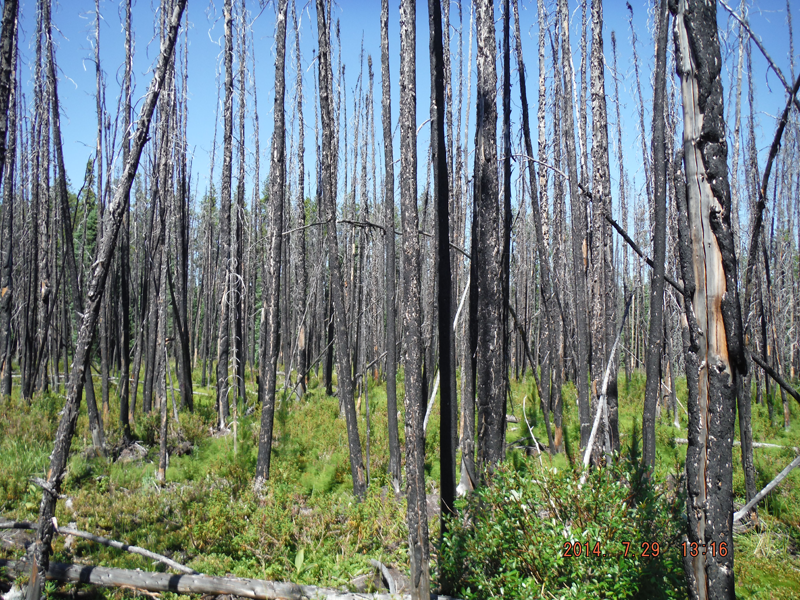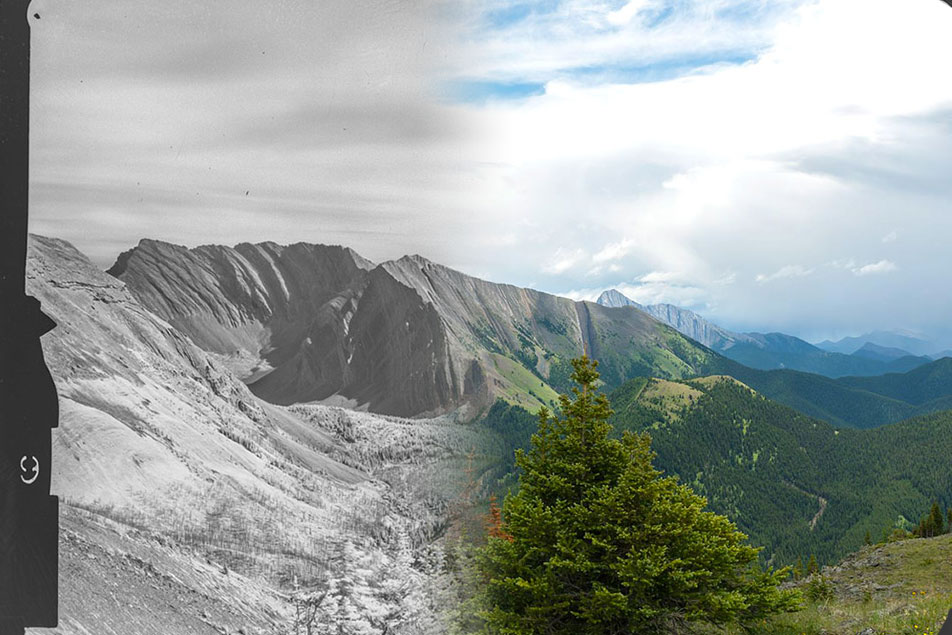The concurrent impacts of past land management and recent and projected increases in wildfire activity have driven concerns about near future forest resilience and transitions to non-forest alternative states in montane forests of western North America. Fire-climate models developed for forests in the Interior Rocky Mountains suggest that fire-driven tipping points may be surpassed by the mid-21st century. However, despite their importance, key vegetation feedbacks on fire-climate relationships have not been incorporated into these previous modeling efforts. Evidence of mixed-severity fire regimes in Foothills forests has raised questions about the fire regime dynamics, ecological outcomes, and implications of this finding for forest resilience and management strategies.
To address these questions, the Fire Regime component of LIM conducted a landscape-scale assessment of fire frequency, severity and age structures for six study areas distributed throughout the montane and lower subalpine zone of the Foothills. This effort required compilation of a large synthesis dataset of dendroecological fire severity records to calibrate a fire severity metric that was then used to evaluate fire severity patterns in the Foothills.
We document contrasting fire regimes and ecological outcomes for the lodgepole pine and Douglas-fir zones, despite similar fire frequencies. Our analyses detail the geographic variability, spatio-temporal dynamics, and resilience mechanisms that characterized forests of each zone and allowed forests to persist under frequent fire.









